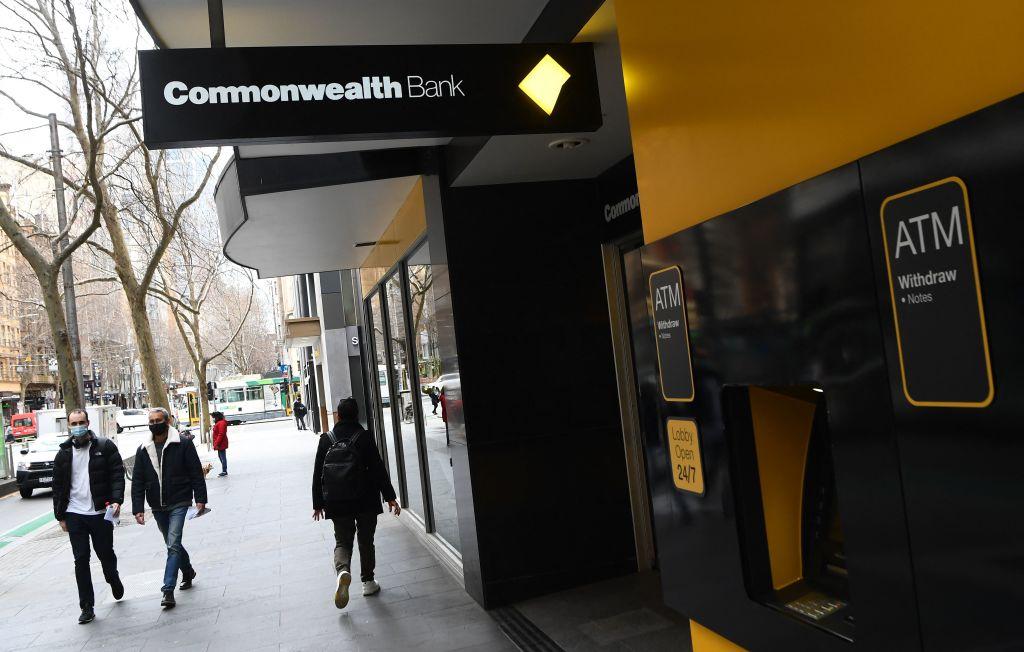AI researchers are calling on every business and organisation to develop a response plan to the growing threat of deep fake cyber attacks, as the perils are real, according to researchers from the Queensland University of Technology (QUT).
In a paper published this year entitled ‘Brace Yourself! Why managers should adopt a synthetic media incident response playbook in an age of falsity and synthetic media,’ academics from QUT’s Centre for Behavioural Economics, Society and Technology warn that increasingly sophisticated and accessible AI programs have ushered in a new era of synthetic media.





